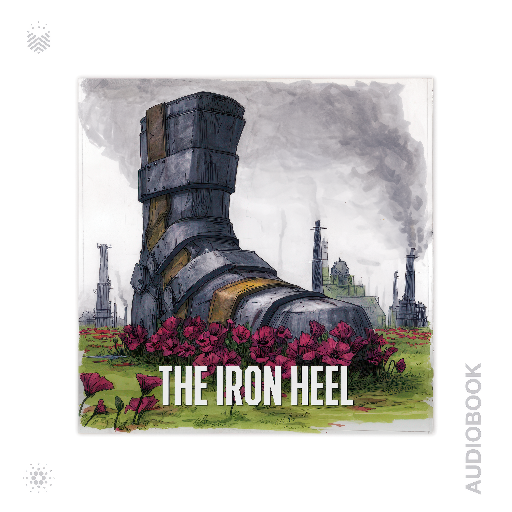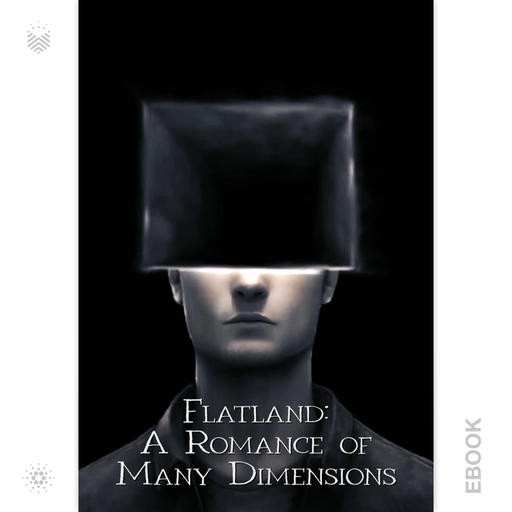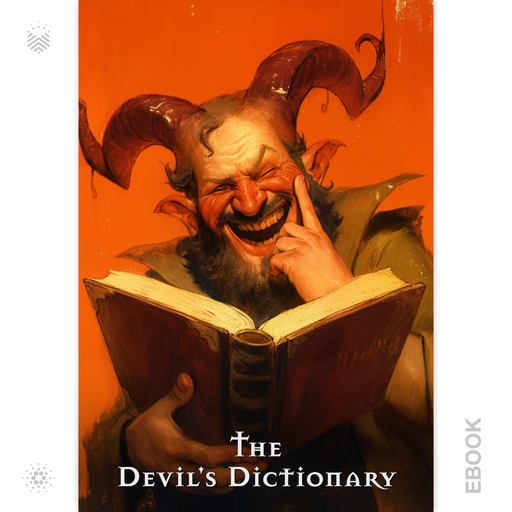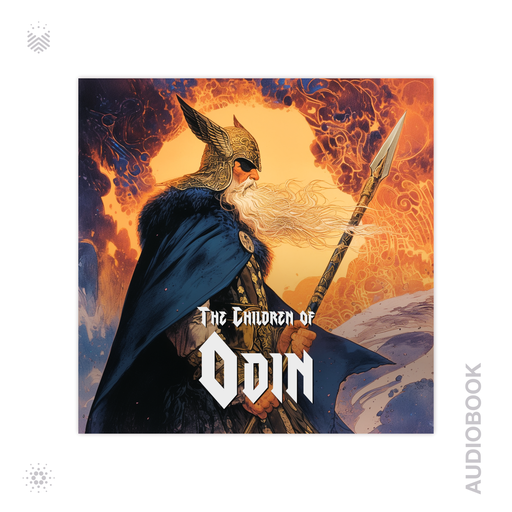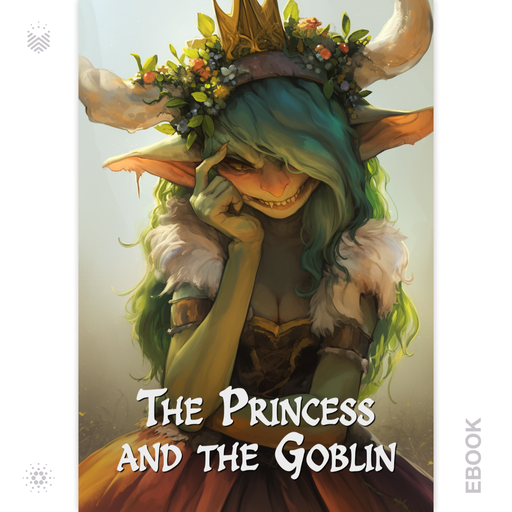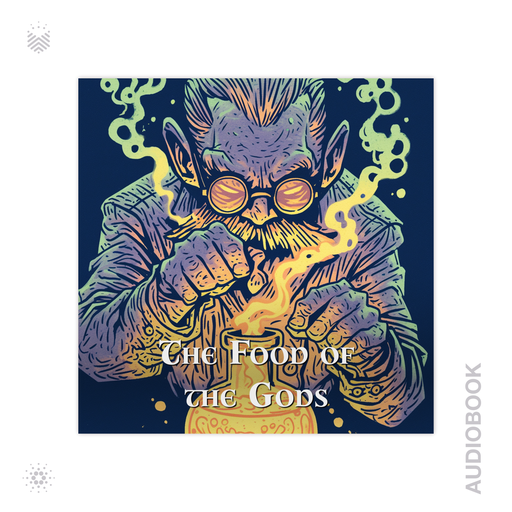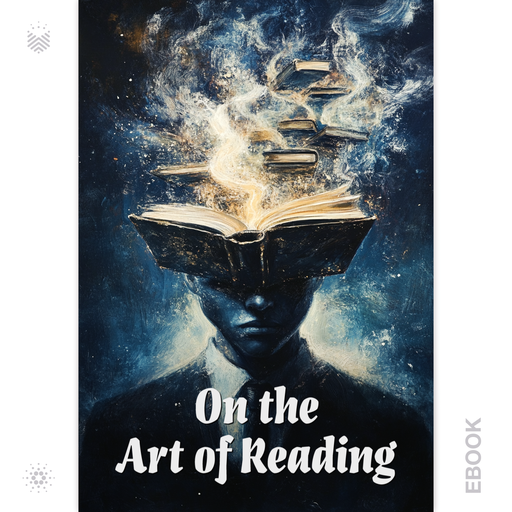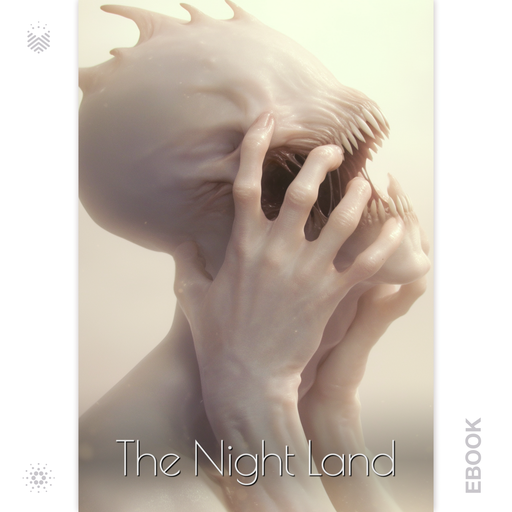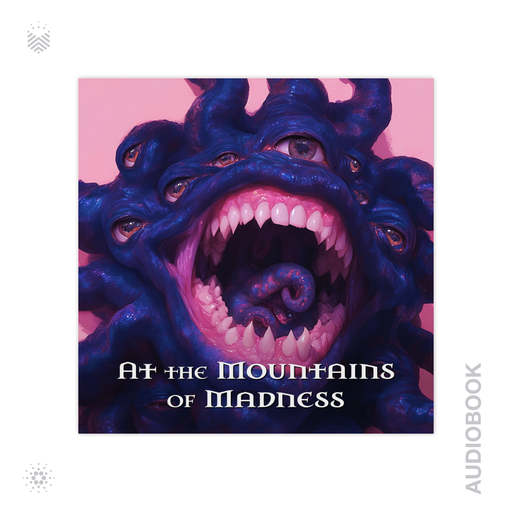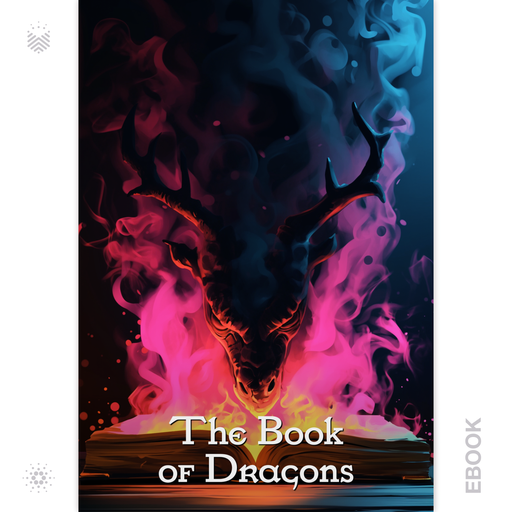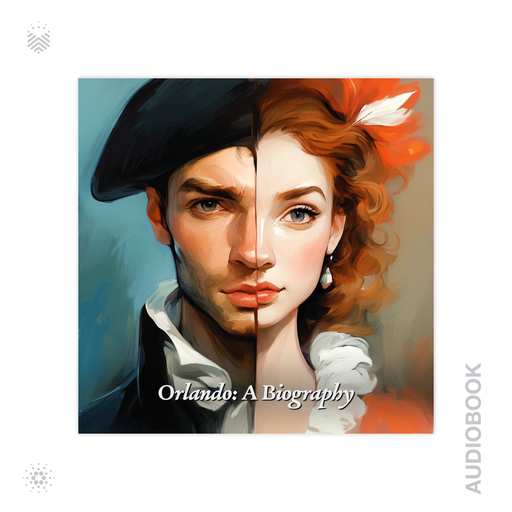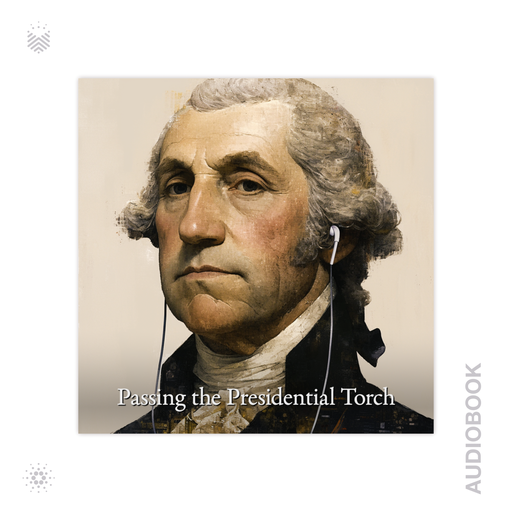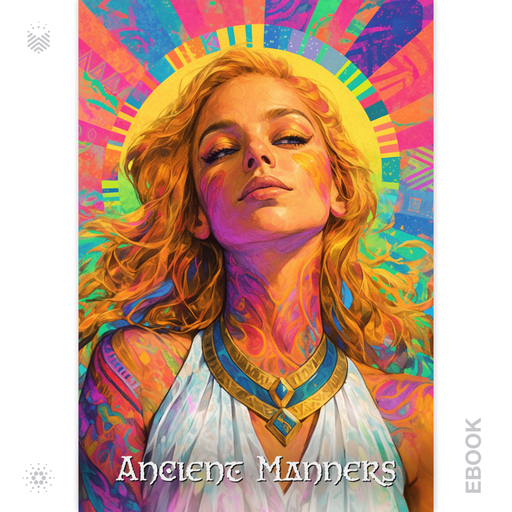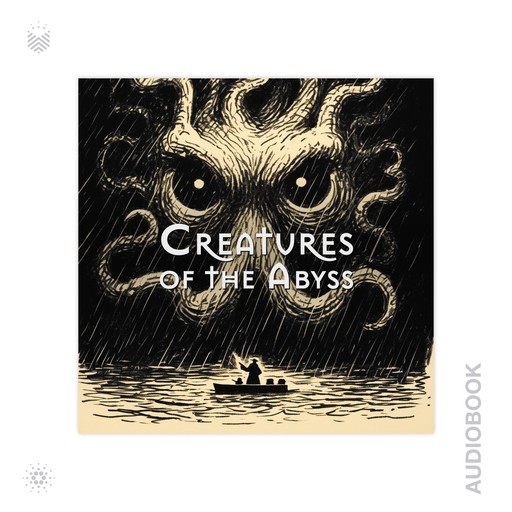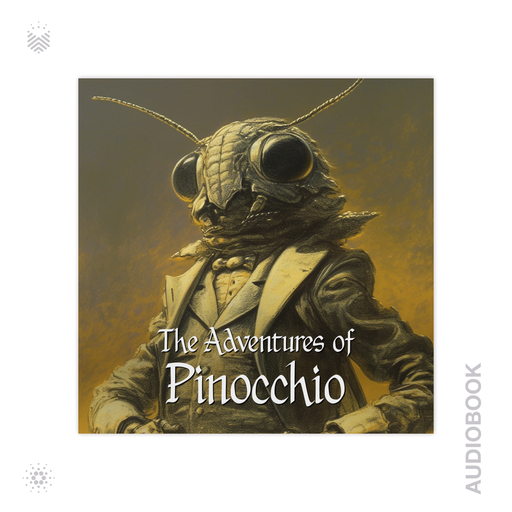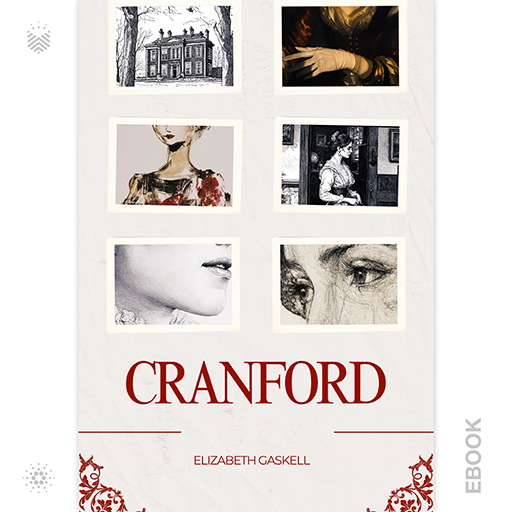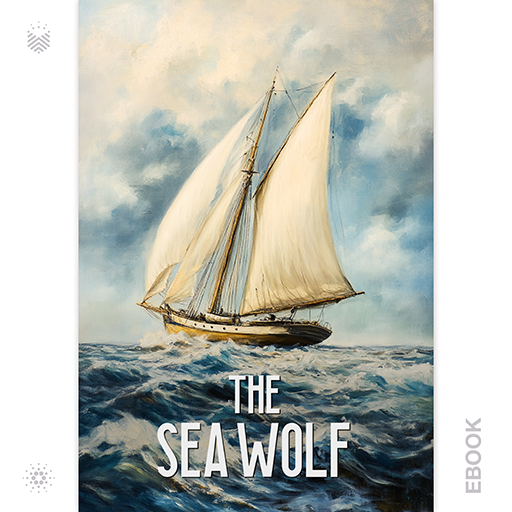by Jack London
Jack London wrote The Iron Heel in 1908 to explore the rise of authoritarianism and the suppression of democratic ideals through a gripping dystopian narrative. He used speculative fiction not just to entertain, but to critique capitalism and warn readers about the dangers of unchecked corporate and political power. By crafting a futuristic world dominated by an oppressive oligarchy, London called on readers to consider the fragility of freedom and the urgent need for social resistance.
… Read More
by Arnold Bennett
Arnold Bennett published How to Live on Twenty-Four Hours a Day in 1908 to help ordinary people reclaim their time and live more intentionally. In a brisk and practical tone, Bennett challenges readers to confront how they spend their daily hours and encourages them to invest time in self-improvement and personal growth. Rather than offering lofty philosophies, he delivers a direct and accessible guide for anyone striving to live with greater purpose.
… Read More
by Edwin A. Abbott
Flatland: A Romance of Many Dimensions by Edwin A. Abbott invites readers into a geometric universe where shapes rule society and dimensions define existence. Through a blend of satire, social commentary, and speculative fiction, Abbott crafts a clever and thought-provoking tale that challenges perceptions of reality and hierarchy.
Read More
by Gaston Leroux
Gaston Leroux’s The Phantom of the Opera is a story of love, obsession, and mystery set against the grand backdrop of the Paris Opera House. First published in 1910, this Gothic novel has captivated audiences for over a century, inspiring countless adaptations in theater, film, and music. At its heart lies the tragic figure of the Phantom—a brilliant but disfigured musician who hides beneath the opera house, yearning for love and recognition. His fixation on the young soprano Christine Daaé… Read More
by Ambrose Bierce
Ambrose Bierce’s The Devil’s Dictionary is a masterclass in wit, satire, and cynicism. First published in 1906, this darkly comedic lexicon offers sharp, often scathing redefinitions of common words, exposing the absurdities of human nature, politics, and society. With a biting sense of humor, Bierce transforms language into a weapon, using irony and sarcasm to challenge conventional wisdom and societal hypocrisy.
Through cleverly twisted definitions, The Devil’s Dictionary invites readers… Read More
by Jules Verne
Jules Verne’s The Mysterious Island is a masterpiece of adventure and survival, blending science, ingenuity, and mystery in a way that has captivated readers for generations. First published in 1874, this novel follows a group of Civil War escapees who find themselves stranded on an uncharted island after a daring balloon flight goes awry. Led by the brilliant engineer Cyrus Smith, the castaways use their knowledge and determination to tame the wild landscape, uncover the island’s secrets, a… Read More
by Pádraic Colum
In The Children of Odin, Pádraic Colum breathes new life into the ancient stories of Norse mythology, retelling them with a poetic charm and timeless appeal. From the forging of the world from the body of a fallen giant to the tragic doom of Ragnarök, these myths unfold in a world both wondrous and wild, filled with magic, adventure, and fate that even the gods cannot escape.
Whether you are encountering these legends for the first time or revisiting them with fresh eyes, this collection invit… Read More
by George MacDonald
In the heart of the mountains, where magic and mystery intertwine, a young princess discovers a hidden world beneath her feet…
Princess Irene lives a sheltered life in her royal home, unaware of the dark forces lurking below—the goblins, mischievous and vengeful creatures plotting against the kingdom. But when she stumbles upon a secret stairway leading to her mysterious great-great-grandmother, she receives a gift that may change everything: a magical thread that can guide her when all seem… Read More
by H.G. Wells
What happens when science pushes nature beyond its limits?
When two scientists, Mr. Bensington and Professor Redwood, develop a groundbreaking growth formula, they believe they are ushering in a new era of prosperity. Herakleophorbia IV—or the “Food of the Gods”—has the power to create enormous plants, livestock, and even humans. But their discovery quickly escapes their control, setting off a chain reaction of unintended consequences.
As giant creatures roam the countryside and children… Read More
by R.N. Etienne
Beneath the waves, in the silent and deadly world of submarine warfare, one man chronicles his experiences with chilling honesty. The Diary of a U-Boat Commander offers a rare and intimate glimpse into the life of a German naval officer during World War I. Through his personal journal, we witness the triumphs, tensions, and moral conflicts of a commander navigating both the perils of war and his own conscience. This gripping account brings history to life, immersing listeners in the unseen battl… Read More
by Arthur Quiller-Couch
London Book Fair 2025 Exclusive
Reading is not just a skill but a craft—one that shapes our intellect, refines our taste, and deepens our understanding of the world. In On the Art of Reading, Arthur Quiller-Couch explores the true purpose of reading, urging readers to engage with great literature thoughtfully and deliberately. With wit and wisdom, he offers insights on how to cultivate a lifelong love for books and develop a discerning literary mind.
… Read More
by William Hope Hodgson
The Night Land by William Hope Hodgson transports readers to a distant, post-apocalyptic future, where Earth is locked in eternal darkness. Humanity’s last survivors are protected within the Last Redoubt, a towering fortress that stands against the horrors lurking beyond. But when a voice from the past calls to him, the protagonist sets out on a perilous journey across the desolate, nightmarish landscape to uncover a long-lost colony.
… Read More
by H.P. Lovecraft
“Some truths are better left undiscovered…”
In the icy wastelands of Antarctica, an expedition uncovers ancient ruins—and something far more terrifying lurking beneath the ice. H.P. Lovecraft’s At the Mountains of Madness is a chilling tale of cosmic horror, where curiosity leads to madness and the unknown is best left undisturbed.
Read More
by Edith Nesbit
The Book of Dragons by Edith Nesbit, a delightful collection of enchanting tales where the magical and mythical come to life. In these stories, dragons are not just fearsome beasts—they are creatures of personality and heart, each with its own unique adventure to tell. From gentle giants to cunning tricksters, Nesbit’s dragons are sure to capture your imagination. Whether they’re befriending humans, guarding treasure, or embarking on thrilling escapades, every story invites you into a worl… Read More
by Daniel Defoe
Moll Flanders by Daniel Defoe, narrated by Peter Dann. Step into the tumultuous and gripping world of Moll Flanders, a woman whose life is anything but ordinary. Born into poverty, Moll embarks on a journey filled with love, deception, betrayal, and survival in a society that often offers little mercy to women. As you listen, you’ll be transported to 17th-century England, where every decision could mean fortune or ruin. With Peter Dann’s masterful narration, prepare to experience the hig… Read More
by Virginia Woolf
Virginia Woolf’s Orlando: A Biography is a daring and imaginative exploration of identity, time, and transformation. Spanning over three centuries, the novel follows Orlando, a nobleman who mysteriously changes sex and navigates the shifting landscapes of history, literature, and society. Blending fantasy with historical fiction, Woolf challenges conventional ideas of gender and storytelling with her signature wit and poetic prose. Inspired by her intimate relationship with Vita Sackville-West… Read More
by Various
Once again, Book.io Hashes the Past to ensure these crucial words spoken/written by past US Presidents never disappear.
Read More
by Pierre Louÿs
Pierre Louÿs’ Ancient Manners (Les Chansons de Bilitis) is a lush and provocative exploration of love, sensuality, and classical beauty, inspired by ancient Greece. Originally presented as a collection of translated poems from a lost Greek poetess, Bilitis, Louÿs’ work is in fact a masterful literary hoax—an original creation infused with the spirit of Sapphic poetry. Rich in lyrical elegance and evocative imagery, Ancient Manners celebrates themes of passion, desire, and feminin… Read More
by Murray Leinster
A hidden menace lurks beneath the ocean’s surface, an eerie presence beyond human comprehension. In Creatures of the Abyss, legendary sci-fi writer Murray Leinster weaves a thrilling tale of deep-sea mysteries, alien-like lifeforms, and the terrifying unknown. Packed with suspense, scientific intrigue, and gripping adventure, this novel will leave readers questioning what truly lies beneath the waves.
… Read More
During World War II, the fight against enemy forces wasn’t limited to the battlefield. Hidden within everyday routines, small acts of disruption could weaken entire systems from within. Originally published in 1944 by the Office of Strategic Services (OSS)—the precursor to the CIA—the Simple Sabotage Field Manual was a guide for ordinary citizens to subtly undermine enemy operations.
Read More
by Carlo Collodi
A mischievous wooden puppet, a whirlwind of adventures, and a quest to become real—The Adventures of Pinocchio is a timeless tale of transformation, deception, and redemption. Carlo Collodi’s masterpiece captivates readers with its thrilling escapades, moral lessons, and unforgettable characters.
Read More
by Elizabeth Gaskell
Cranford by Elizabeth Gaskell is a delightful portrait of small-town life in 19th-century England, blending gentle humor, social commentary, and heartwarming moments. Gaskell captures the charm and complexities of a close-knit community, revealing universal truths about human relationships and resilience.
Read More
by Elizabeth von Arnim
Elizabeth von Arnim’s The Enchanted April is a luminous and uplifting tale of self-discovery, friendship, and the transformative power of nature. Set against the idyllic beauty of the Italian Riviera, it offers readers a refreshing escape into a world of renewal and joy.
Read More
by Jack London
Jack London’s The Sea Wolf is a gripping tale of survival, power, and moral conflict set against the unforgiving backdrop of the open sea. With unforgettable characters and high-stakes adventure, London weaves a story that explores the darkest and noblest aspects of human nature.
Read More

